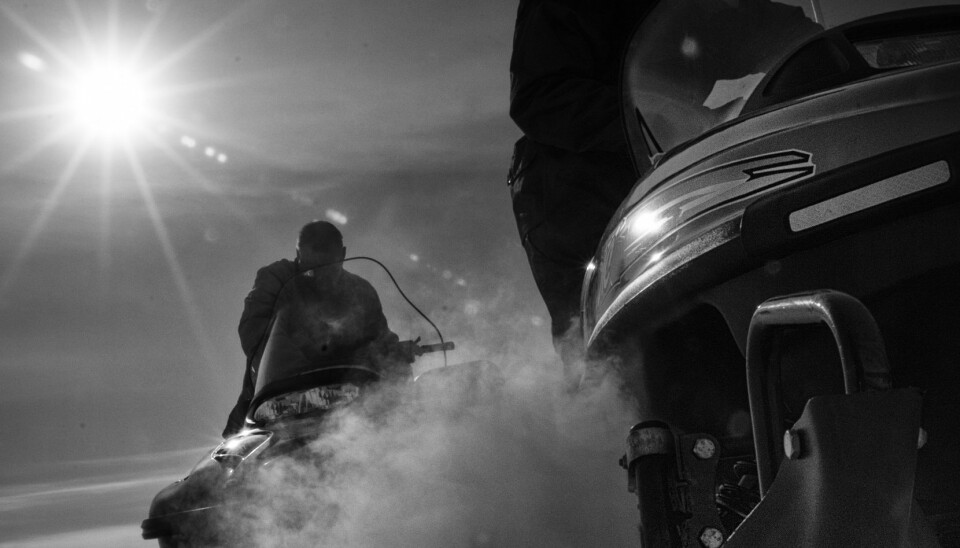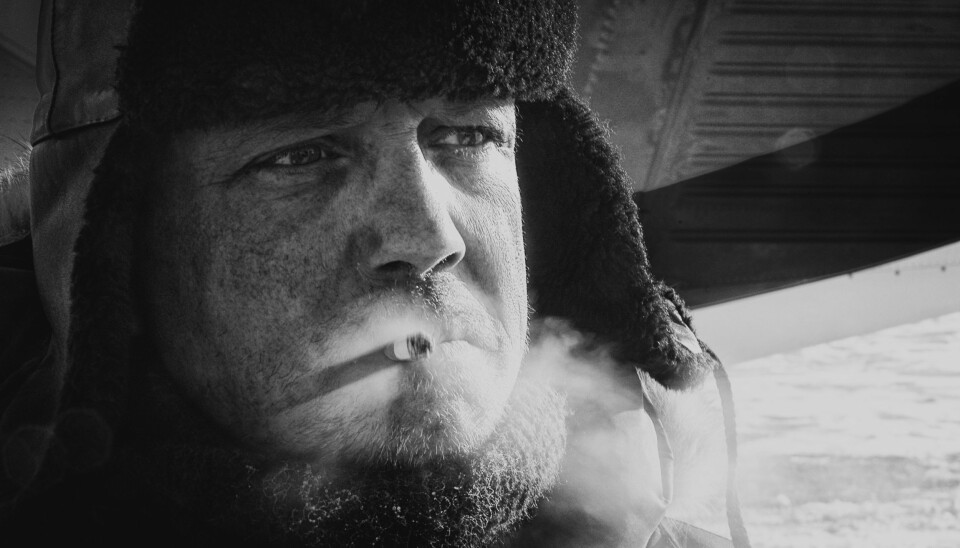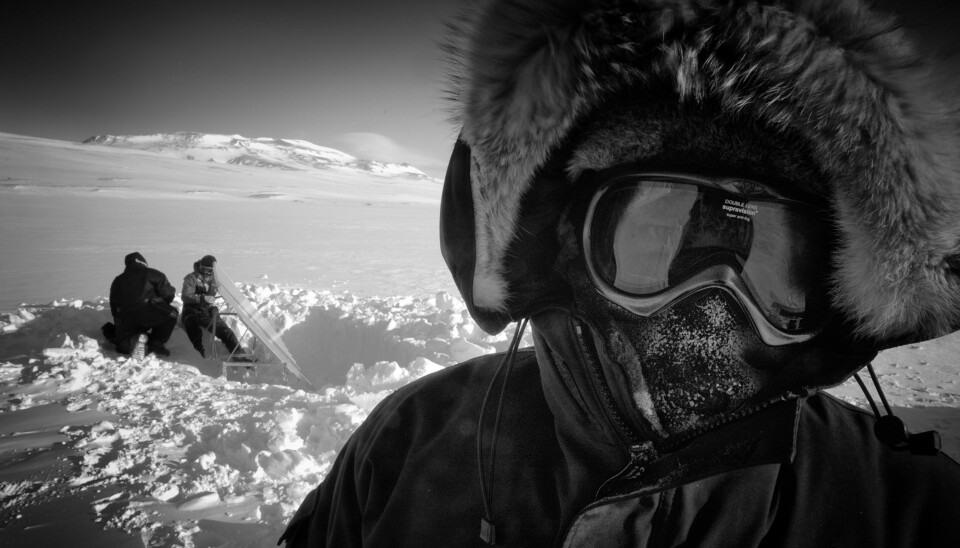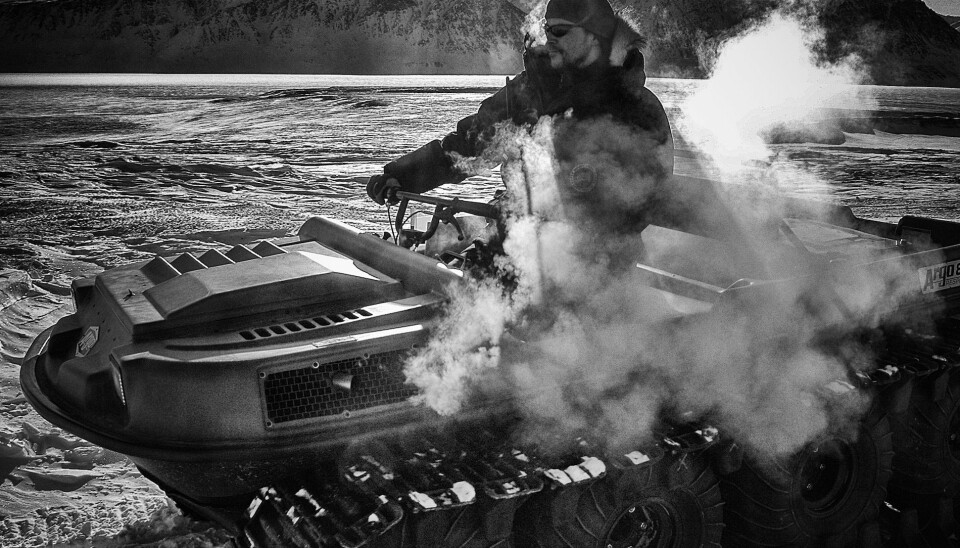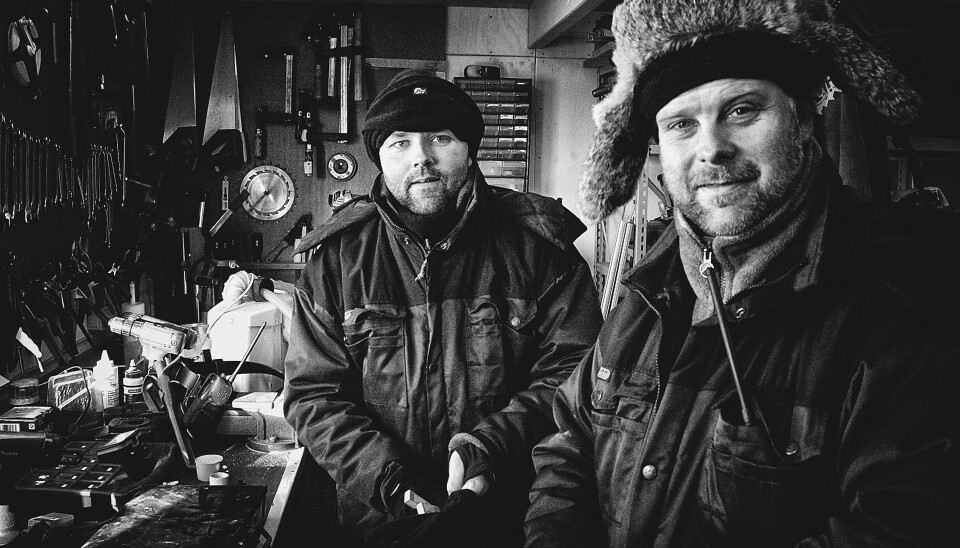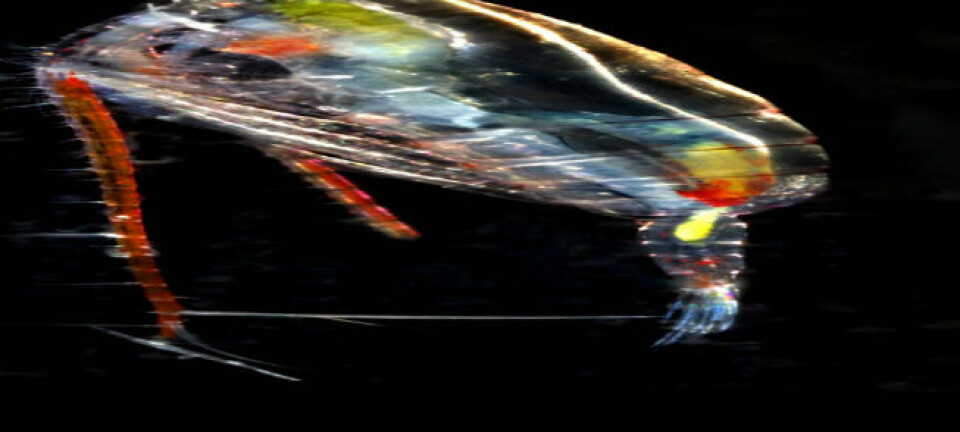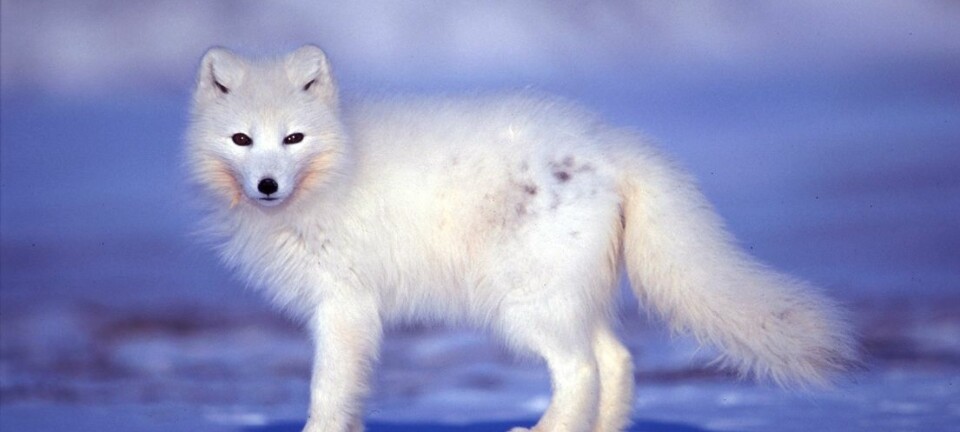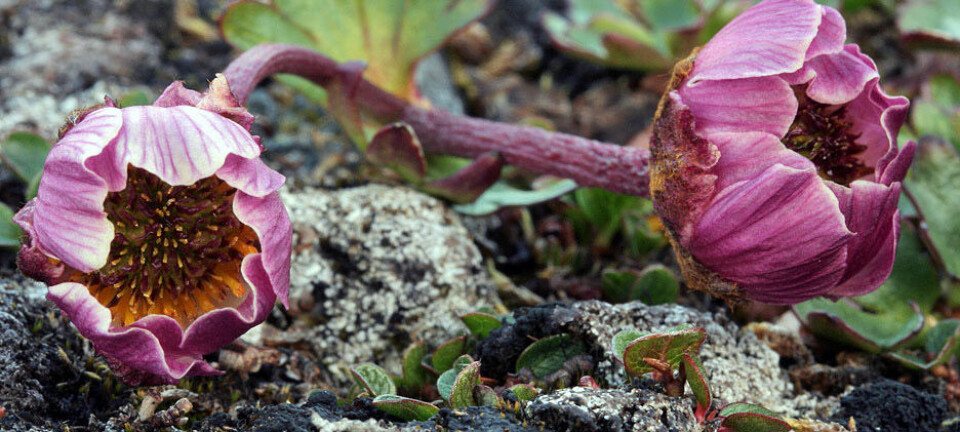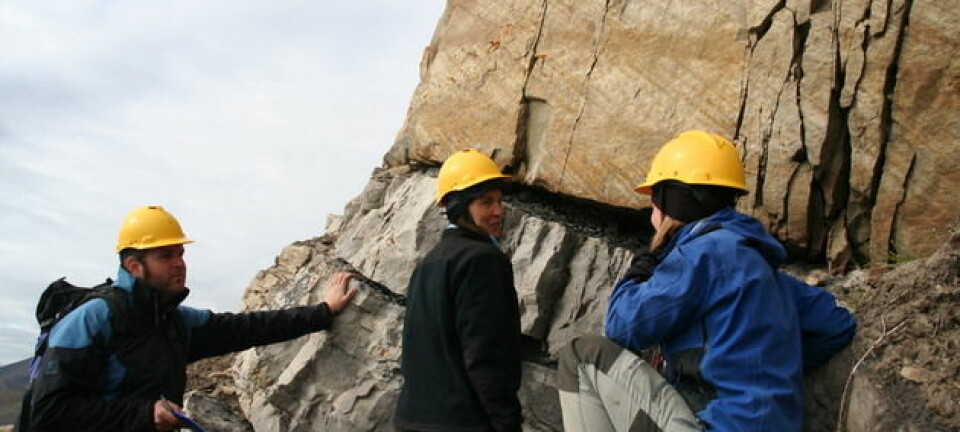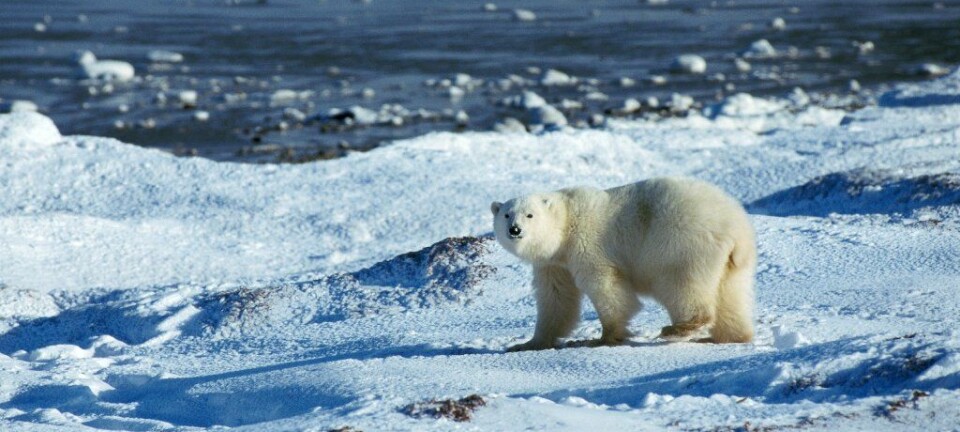Photo gallery: Life on an Arctic research station
In a new photo book, a Danish professor portrays scientists and life at the Zackenberg research station in Northeast Greenland.
Who are the people behind academic articles about the Arctic region? And what’s it like to live and work in minus 20-degree temperatures at an isolated and desolate research station?
These are some of the questions that Professor Mads Forchhammer of Aarhus University, Denmark, tries to answer in a new book about the Zackenberg research station in Northeast Greenland.
Unlike traditional scientific publications, this book, titled 'Zackenberg - on the edge of winter', has 175 pages filled with photographs and only a few pages of text.
”I wanted to tell the story of what it’s like to work at an isolated field station far up in the Arctic, and the type of work and people up there,” says Forchhammer, who is a professor at Aarhus University’s Department of Bioscience – Arctic Environment.
“Telling the story through pictures rather than writing is a bit special, but as they say – a picture is worth more than a thousand words.”
You can see a selection of the finest photos in the above photo gallery.
Always carried a camera in his back pocket
Forchhammer helped establish the Zackenberg research station in 1996 and has worked as a researcher in the Arctic region for many years.
”In my professional work as a researcher I have always carried a camera in my back pocket. In recent years I have started taking photography more seriously. I’ve taken courses and some of my photos have now been published in international magazines and websites,” he says.
“This further boosted my enthusiasm for photography, and then came the idea of telling the story about Zackenberg.”
Zackenberg is a special place
The Zackenberg research station was set up with the purpose of learning more about global warming and its influence on the delicate Arctic ecosystems.
Since it opened in 1996, scientists have travelled up to the desolate collection of houses every summer to study the ice, plants, soil, animals, permafrost and much more.
”Zackenberg is one of the most isolated field stations in the Arctic region,” says Forchhammer.
“It’s a special place in many ways, because even though there are many expeditions in the Arctic, they typically only give people a snapshot of what’s going on. At Zackenberg we monitor the developments year by year, and we also have a unique interdisciplinary collaboration up there.”
ScienceNordic recently reported on the Zackenberg station in the articles Climate change eats up Arctic insect life and Dramatic changes in Arctic food chain.
--------------------
Read the Danish version of this article at videnskab.dk

